Category: Algae
-
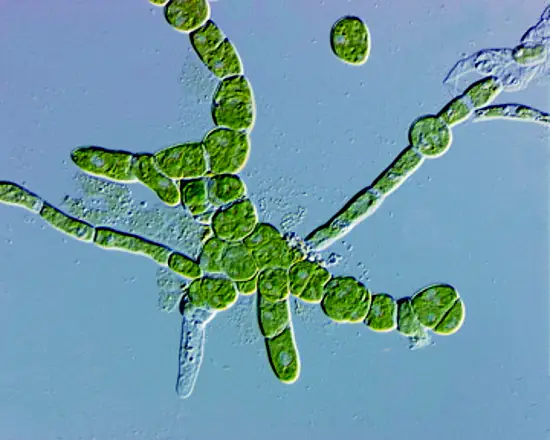
FRITSCHIELLA
FRITSCHIELLA CLASSIFICATION OF FRITSCHIELLA Sub-division :- Algae Class :- Chlorophyceae Order :- Chaetophorales Family :- Chaetophoraceae Genus :- Fritschiella THALLUS OF FRITSCHIELLA IDENTIFICATION REFERENCES
-
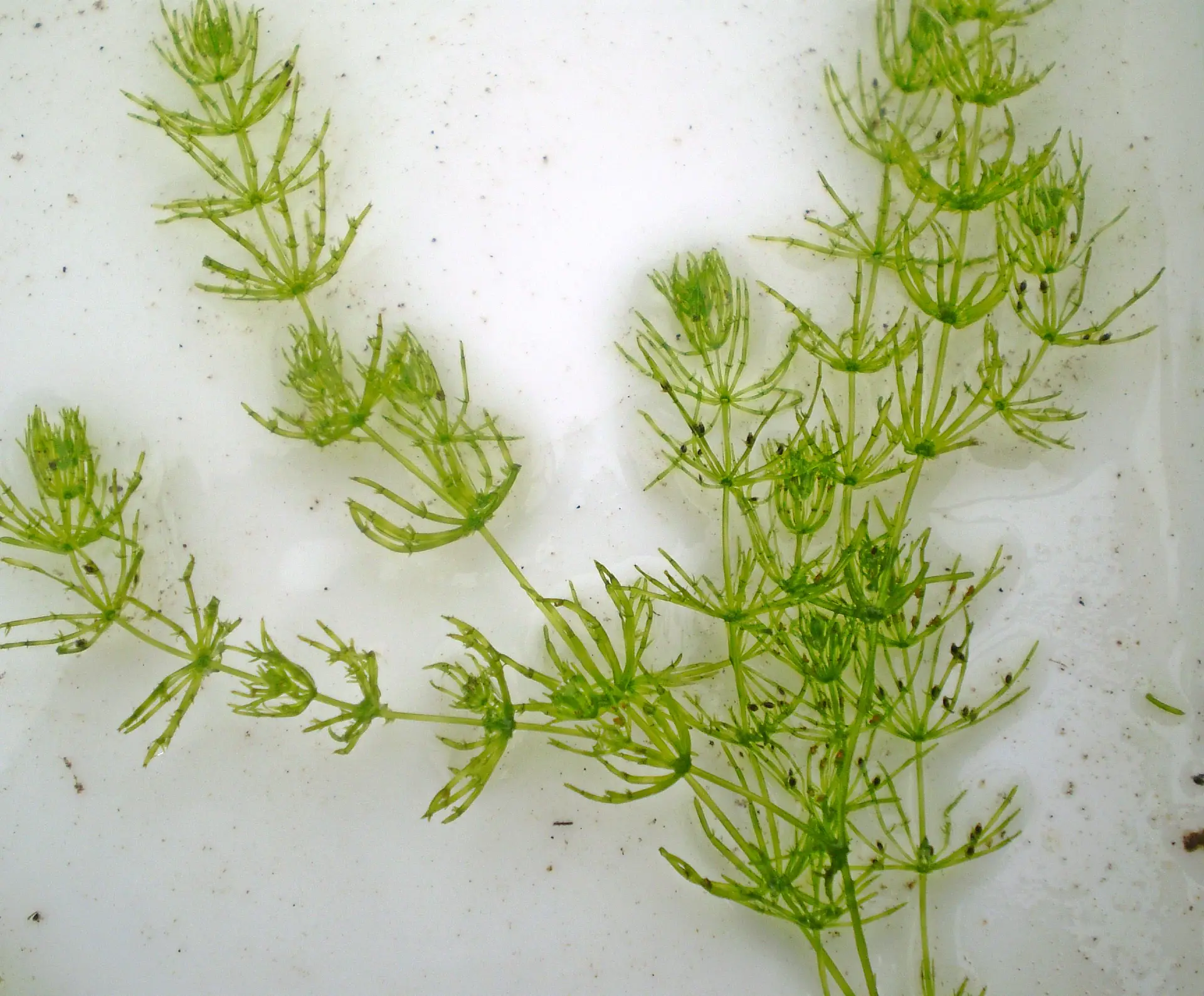
CHARA (STONE-WORT)
CHARA(STONE-WORT) CLASSIFICATION OF CHARA (STONE-WORT) Sub-division :- Algae Class :- Chlorophyceae Order :- Charales Family :- Characeae Genus :- Chara It is aquatic in habitat. It grows in fresh, clear and standing waters on a muddy or a sandy bottom (epipelic community). These form extensive subaquatic growth. Chara is found below the water level, growing to a considerable depth. It can be collected, almost from…
-
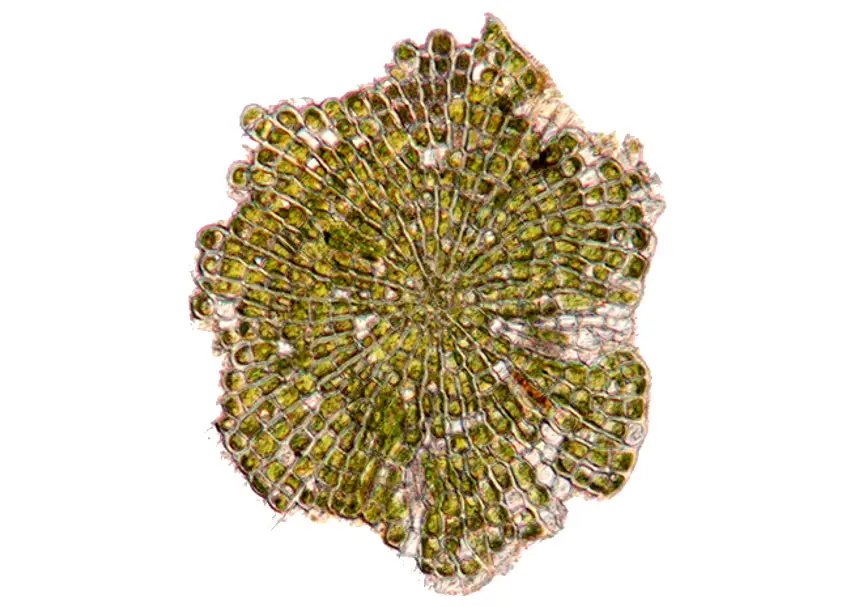
COLEOCHAETE
COLEOCHAETE CLASSIFICATION OF COLEOCHAETE Sub-division :- Algae Class :- Chlorophyceae Order :- Chaetophorales Family :- Coleochaetaceae Genus :- Coleochaete THALLUS OF COLEOCHAETE REPRODUCTIVE STRUCTURES OF COLEOCHAETE IDENTIFICATION
-
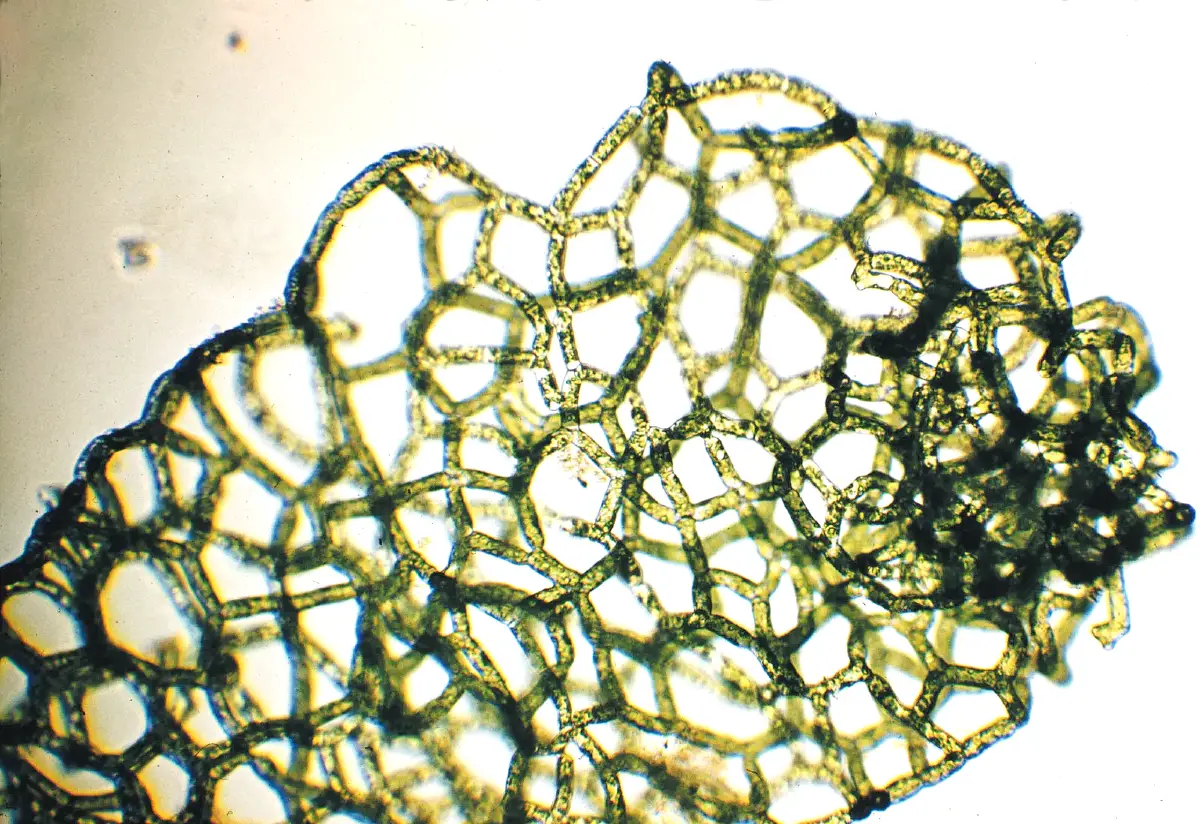
HYDRODICTYON
HYDRODICTYON CLASSIFICATION OF HYDRODICTYON Sub-division :- Algae Class :- Chlorophyceae Order :- Chlorococcales Family :- Hydrodictyaceae Genus :- Hydrodictyon GENERAL CHARATERSTICS OF HYDRODICTYON IDENTIFICATION REFERENCES
-
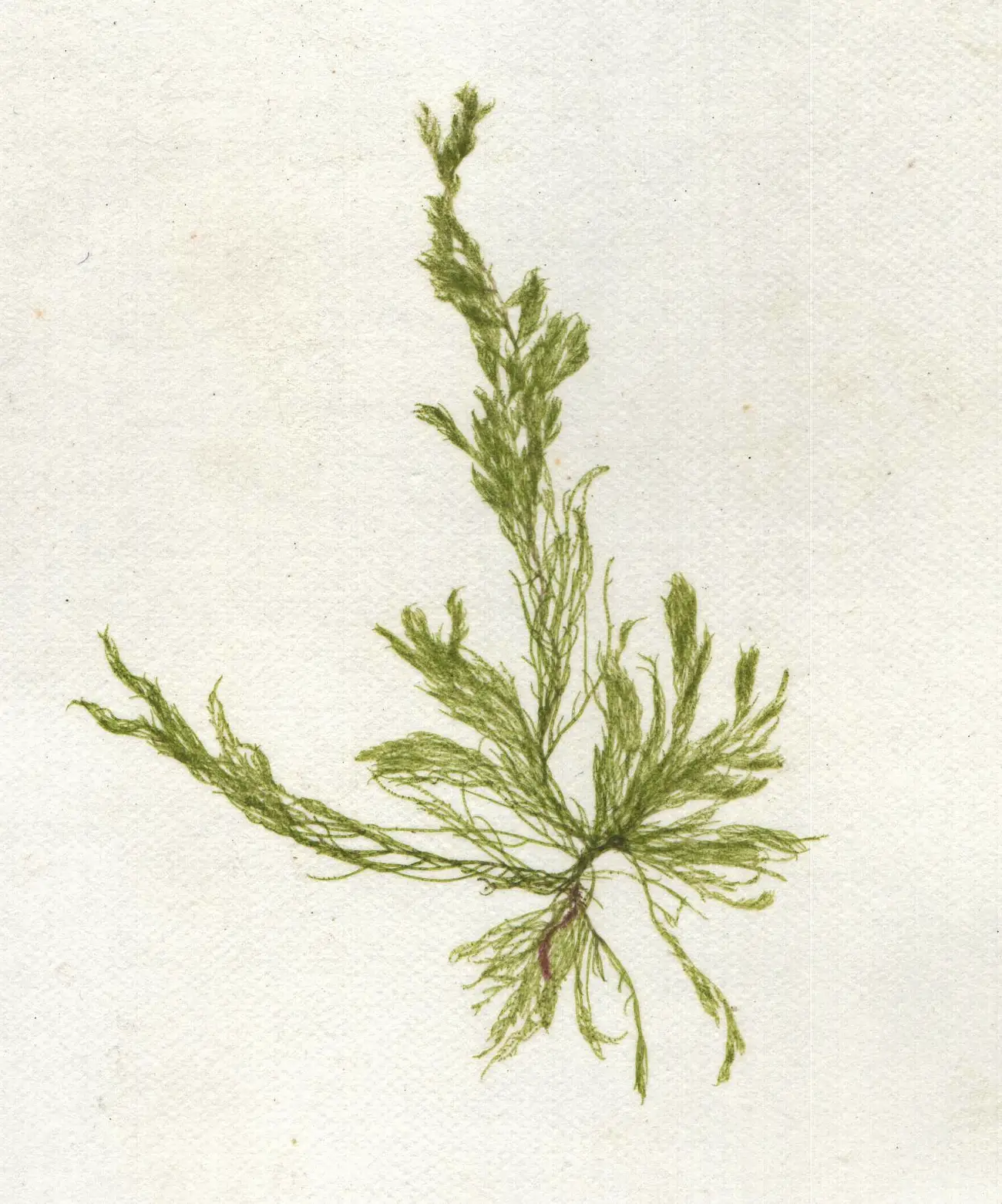
CLADOPHORA
CLADOPHORA CLASSIFICATION OF CLADOPHORA Sub-division :- Algae Class :- Chlorophyceae Order :- Cladophorales Family :- Cladophoraceae Genus :- Cladophora GENERAL CHARATERSTICS OF CLADOPHORA IDENTIFICATION
-
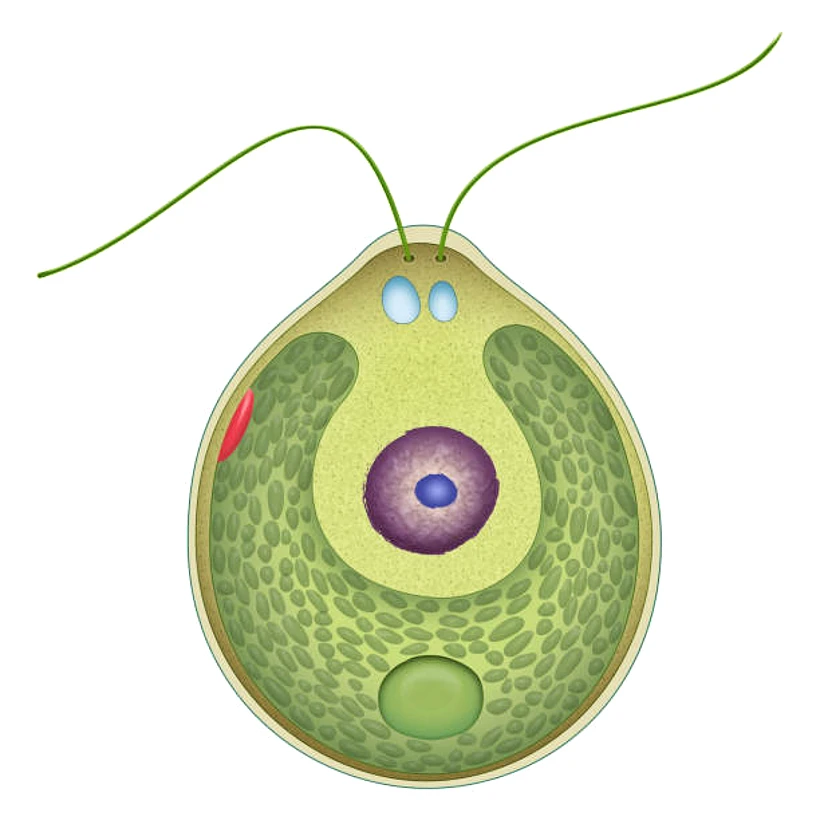
CHLAMYDOMONAS
CHLAMYDOMONAS CLASSIFICATION OF CHLAMYDOMONAS Sub-division :- Algae Class :- Chlorophyceae Order :- Volvocales Family :- Chlamydomonadaceae Genus :- Chlamydomonas GENERAL CHARATERSTICS OF CHLAMYDOMONAS IDENTIFICATION
-
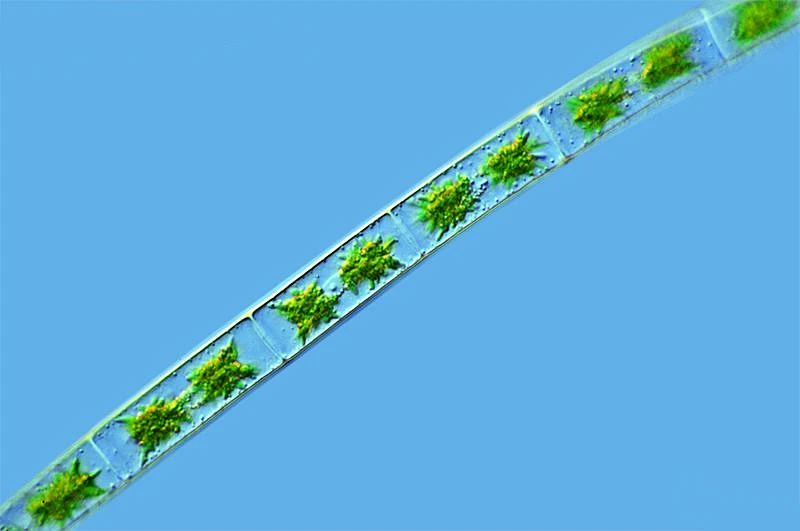
ZYGNEMA
ZYGNEMA CLASSIFICATION OF ZYGNEMA Sub-division :- Algae Class :- Zygnematophyceae Order :- Zygnematales (Conjugales) Family :- Zygnemataceae Genus :- Zygnema Zygnema is widely distributed in stagnant/fresh water ponds and streams. It may form either floating masses or scum on the water surface. It is generally found inreproductive stages during spring. THALLUS AND A CELL OF ZYGNEMA SCALARIFORM CONJUGATION IN ZYGNEMA LATERAL CONJUGATION IN ZYGNEMA IDENTIFICATION REFERENCES…
-
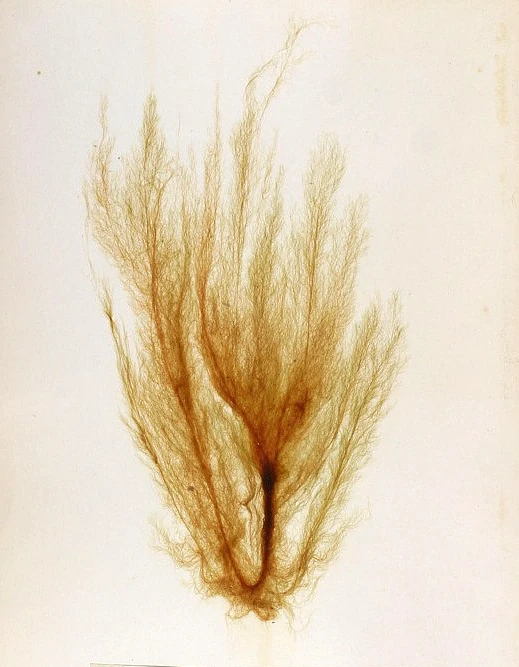
ECTOCARPUS
ECTOCARPUS CLASSIFICATION OF ECTOCARPUS Sub-division :- Algae Class :- Phaeophyceae Order :- Ectocarpales Family :- Ectocarpaceae Genus :- Ectocarpus Ectocarpus occurs in marine habitat the world over, mostly along the coasts of colder seas. It also grows along the Indian coasts and forms brown tufts attached to rocks and large kelps in littoral and sublittoral regions. EXTERNAL FEATURES OF THALLUS UNILOCULAR SPORANGIUM…
-
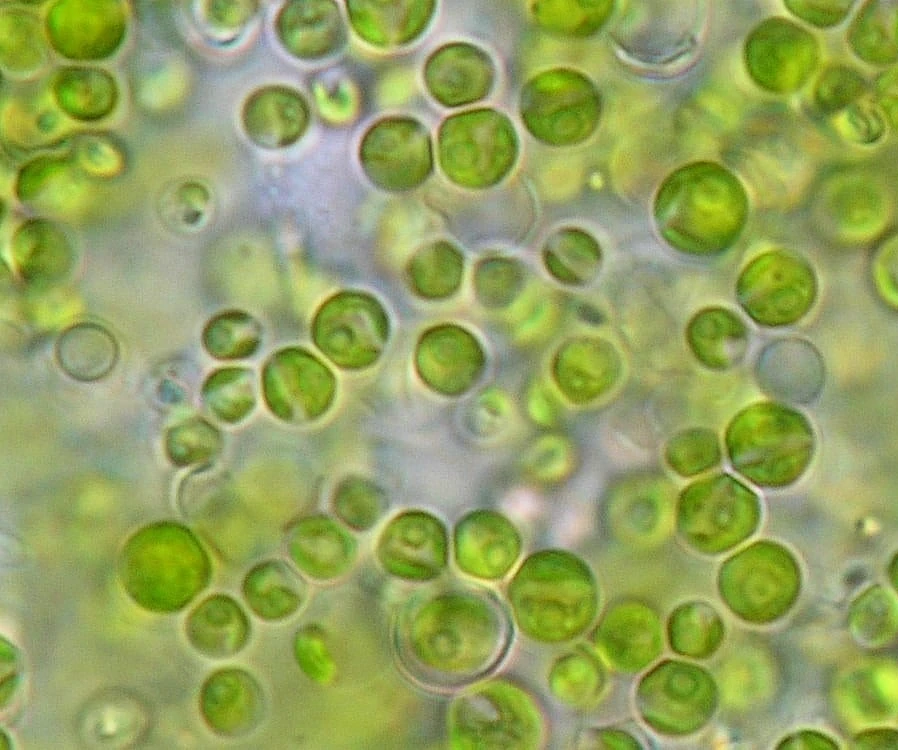
CHLORELLA
CHLORELLA CLASSIFICATION OF CHLORELLA Sub-division :- Algae Class :- Chlorophyceae Order :- Chlorococcales Family :- Chlorellaceae Genus :- Chlorella GENERAL CHARATERSTICS OF CHLORELLA IDENTIFICATION REFERENCES
